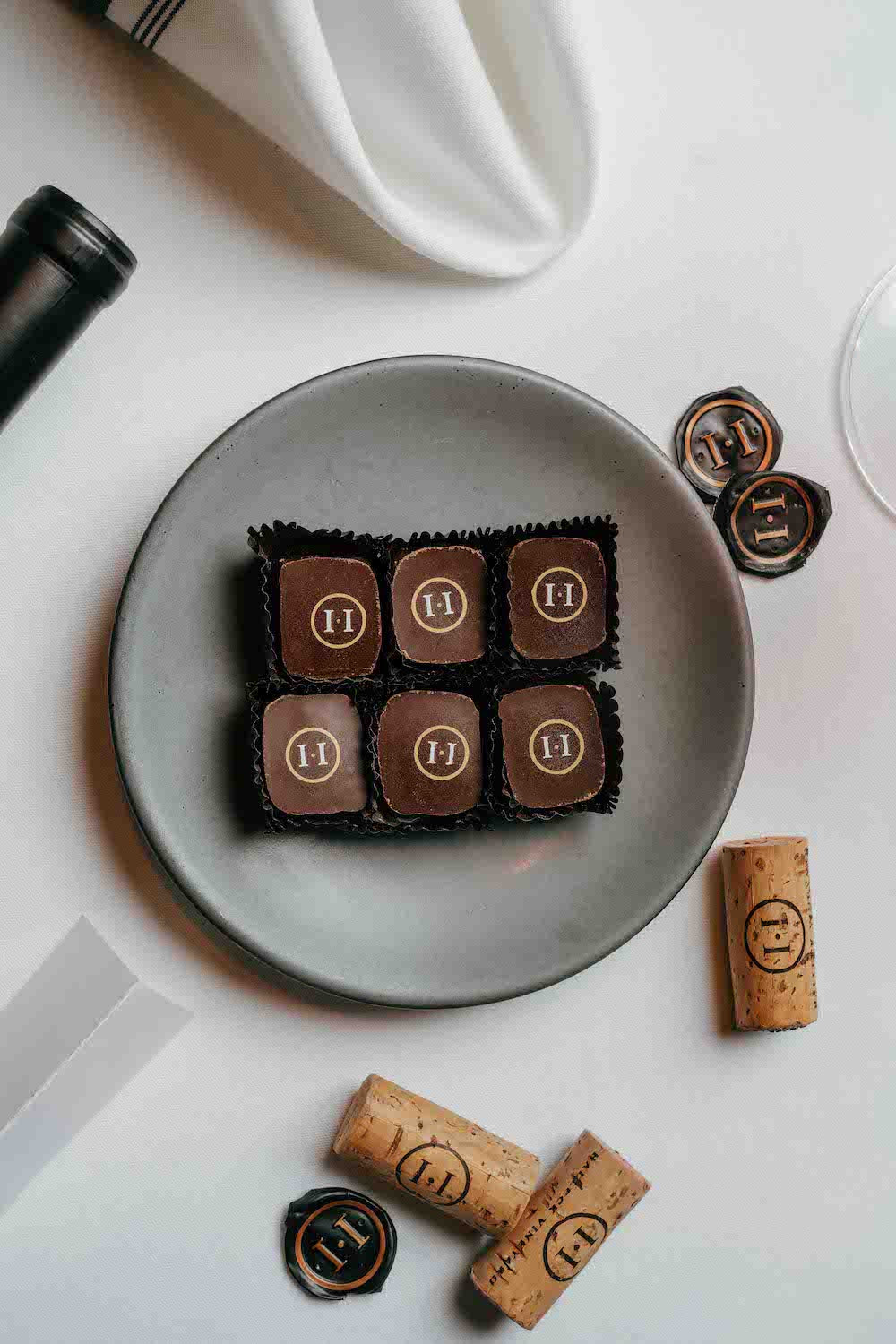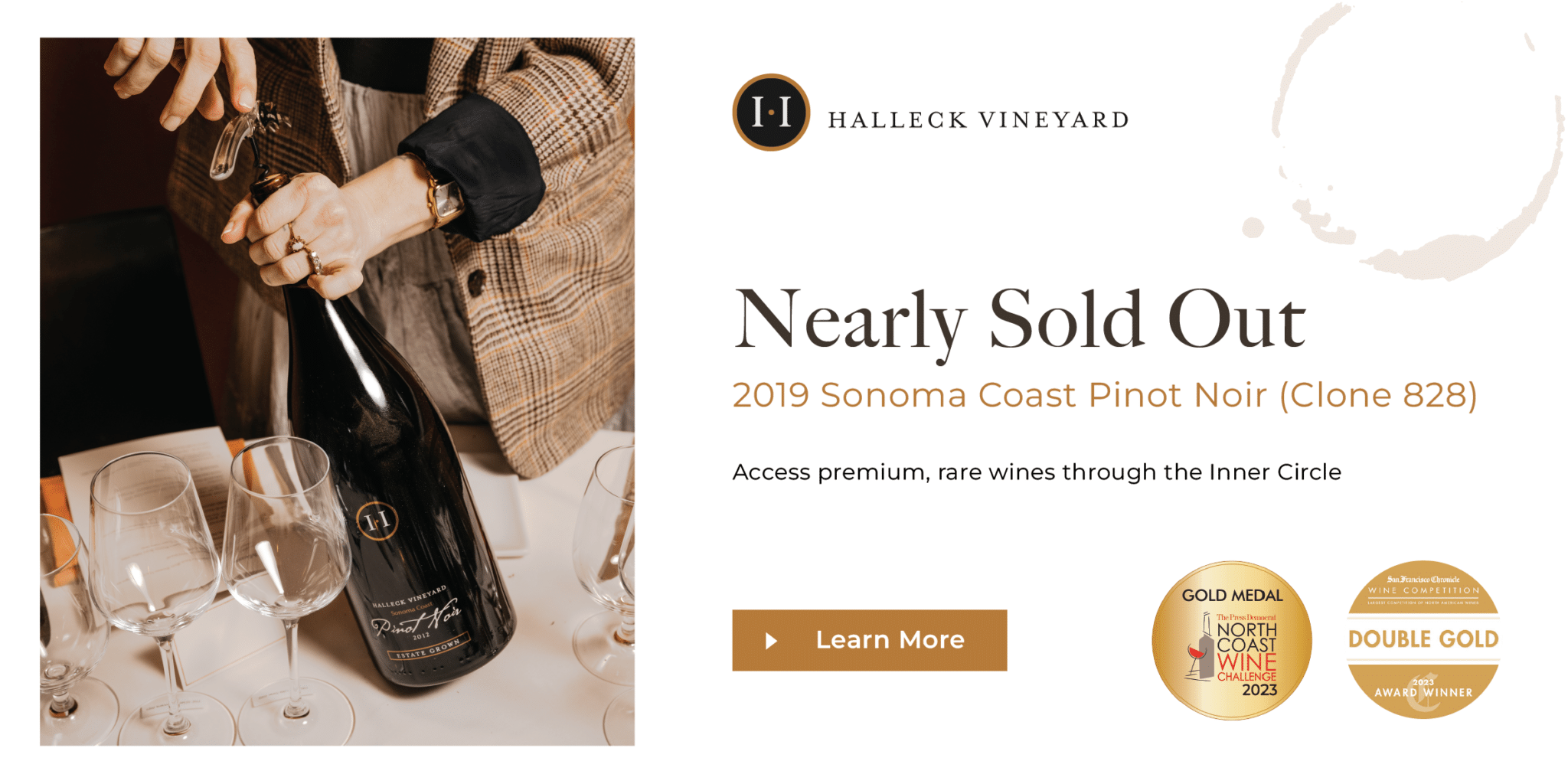Best Wineries For Wine Tasting In Sonoma - Discovering Sebastopol's Wineries
Upcoming Wine Festivals In Sonoma County - Sonoma Wine Tasting Tour
Wine tasting is an art that combines sensory experience with an appreciation for the nuances of different varietals. How to judge flavors in winery wine tasting periods is pivotal to grasping the complexities of wine.
Participating in a wine tasting includes more than merely sipping and savoring. It requires a targeted method to establish aromas and flavors that each wine presents. As you begin, observe the wine's look, noting its color and clarity. These visual cues typically counsel a wine’s age, grape variety, and even potential flavor profiles.
The subsequent step within the tasting process is to swirl the wine in your glass. This motion releases fragrant compounds that are very important for analysis. Lean in and take a second to inhale deeply; the aromas can range from floral and fruity to spicy and earthy. The nostril of the wine is just as necessary as the palate, and recognizing scents plays a major role in understanding the general experience.
When taking your first sip, permit the wine to move across your palate - Elegant Wine Tasting Locations In Sonoma. Discover the preliminary flavors that current themselves. Is the wine fruity, floral, or perhaps herbaceous? This initial style gives insight into what the wine is more doubtless to categorical as you continue to gauge it. The mouthfeel additionally contributes to the general flavor experience; it can be silky, tannic, and even effervescent.
Wineries Featuring Vineyard Tours - Finding Good Wineries For Wine Tasting
As you proceed tasting, pay consideration to the wine’s stability. A well-balanced wine will harmonize acidity, sweetness, and tannins. If one element overwhelms the others, it'd indicate a less fascinating high quality. Evaluating stability might help you identify how well the wine may pair with food.
Transitioning to the end, contemplate how the flavors evolve as the wine lingers in your palate. A long, pleasant end can indicate a high-quality wine, whereas a short or abrupt end may recommend in any other case. Mirror on whether or not the flavors remain consistent or if new notes emerge because the wine settles. This progression can reveal complexities and intricacies which may not have been apparent within the preliminary tasting.
Temperature can be a vital think about evaluating wine flavors. Completely Different kinds of wine are optimally enjoyed at particular temperatures. White wines usually shine when chilled, whereas pink wines typically carry out best at room temperature. When tasting, make sure the wine is at the applicable temperature to fully recognize its character.
Spectacular Vineyard Views In Sonoma - Greatest Wine Tasting Locations In Sonoma
Pairing food with wine can tremendously improve the tasting experience. Foods can affect the perception of flavors in wine, both highlighting sure characteristics or diminishing them. When evaluating flavors, consider how the wine interacts with different meals, noticing which flavors are amplified or muted (Sonoma's Top Sparkling Wine Producers).
Consider the affect of terroir as you engage in a winery tasting. Terroir encompasses the unique environmental components that have an effect on grape rising, including soil composition, climate, and geography. Understanding a wine's terroir can present insight into its flavors and aromas, fostering a deeper appreciation for the choices made during its cultivation and manufacturing.
Training performs a fundamental role in enhancing one's capacity to evaluate wine flavors. Studying about grape varieties, wine areas, and manufacturing methods can pave the finest way for more informed judgments throughout tastings. Moreover, attending workshops or classes can refine sensory skills and broaden your flavor vocabulary, enabling you to articulate tasting notes more successfully.

Finally, it is essential to remember that evaluating wine flavors is a extremely personal experience. Individual preferences and perceptions will invariably shape one’s tasting journey. Enjoyment must be on the forefront, with the analysis process acting as a tool to boost understanding and appreciation somewhat than create inflexible pointers.
Wineries Hosting Seasonal Events - Finding Good Wineries For Wine Tasting
In conclusion, mastering how to evaluate flavors in winery wine tasting sessions involves a combination of sensory engagement, knowledge, and practice. By studying to identify aromas, assess the steadiness, and appreciate the intricacies of flavor, wine enthusiasts can deepen their connection over at this website to every bottle they encounter. As with any art form, the more one immerses themselves within the experience, the more they'll uncover and benefit from the vast world of wine.
- Start by observing the wine's colour and clarity, as these visible elements can trace at its flavor profile and getting older potential.
- Swirl the wine gently in your glass; this releases fragrant compounds, allowing you to better establish the advanced scents related to the wine.
- Take a deep inhale earlier than tasting, focusing on both primary and secondary aromas to assemble insights on fruits, spices, and different nuances.
- When tasting, allow the wine to coat your palate; note the initial flavors, the mid-palate complexity, and the finish as these stages can present completely different flavor highlights.
- Pay consideration to texture and mouthfeel, as features corresponding to tannin levels, acidity, and sweetness contribute considerably to the overall tasting experience.
- Compare flavors against standard wine characteristics; for red wines, contemplate berry notes, oak affect, and natural tones, whereas whites may embody citrus, stone fruits, and floral hints.
- Take notes in the course of the tasting session to track your impressions, helping you to recollect and consider the totally different wines sampled.
- Discuss your findings with fellow tasters or winery workers, as sharing insights can improve understanding and appreciation of individual flavors.
- Permit time for the wine to breathe; sometimes, flavors evolve and reveal new dimensions after being exposed to air.
- Experiment with food pairings during the tasting as they can dramatically alter how flavors are perceived, influencing total enjoyment.undefinedWhat ought to I look for when evaluating the aroma of wine throughout a tasting?
Begin by swirling the wine in your glass to release its aromas. Bring the glass to your nostril and take a deep breath. Pay attention to the first scents you detect, as these are sometimes essentially the most distinguished. Look for fruit, floral, natural, or earthy notes and try to establish particular traits, which will deepen your understanding of the wine's complexity.
Celebrated Winemakers To Discover In Sonoma - Best Vineyard Visits In Sonoma

How can I distinguish between totally different flavor profiles in wine?
Understand that flavor profiles are sometimes categorized as fruit, floral, herbaceous, spicy, or mineral. Take small sips and allow the wine to coat your palate. Discover the primary flavors that emerge first and the delicate notes that follow. This layering is important in distinguishing the wine's traits and will allow you to respect its unique profile.
Good Wineries For Large Groups In Sonoma Valley - Wine Tasting And Vineyards In Sonoma
What is the significance of the wine's texture in a tasting?

The texture of the wine, also referred to as mouthfeel, plays an important position in how we understand flavors. Pay consideration to whether the wine feels clean, creamy, or gritty. The body of the wine (light, medium, or full) can improve or contrast with flavors, offering a more rounded experience during tasting.
How do I assess the stability of flavors in wine?
Balance in wine refers to the concord between acidity, sweetness, tannin, and alcohol. Take a second to evaluate whether or not these elements complement or intrude with one another. A well-balanced wine will have none of its components overpowering the others, creating a pleasant tasting experience.
Wineries Near Sonoma Square - Discovering The Vineyards Of Sonoma County
What position does temperature play in evaluating wine flavors?
Temperature can considerably influence the notion of flavors. Generally, red wines are finest served barely under room temperature, while white wines get pleasure from being chilled. As the temperature adjustments, the aromas and flavors can shift, allowing you to perceive different traits. It’s essential to taste wine at its optimum temperature for true evaluation.
Historical Wineries To Visit In Sonoma - Iconic Wineries Of Sebastopol
How can I enhance my tasting skills over time?
Practice is essential to enhancing your tasting skills. Intimate Wine Tasting Experiences In Sonoma. Attend tastings, keep a journal of your experiences, and discover several types of wines to broaden your palate. Moreover, learning about wine production and grape varieties can present context that enhances your analysis course of, making you a extra knowledgeable taster.
Is there a selected order by which I should taste the wines?
Wineries Near Sonoma Square - Sebastopol Wine Country
Yes, it’s advisable to style wines from light to full-bodied and dry to candy. This development prevents the stronger flavors from overshadowing the extra delicate ones, permitting you to completely respect every wine's traits and nuances without palate fatigue.
How can I consider the Best winery in Sonoma for quality wine. aftertaste of wine?
Wine Tasting Trails In Sonoma Valley - A Winery In The Sonoma Valley To Discover
The aftertaste, or finish, is a vital facet of the wine-tasting experience. After swallowing, take note of how lengthy the flavors linger in your palate and whether or not they change. A lengthy, pleasant end is commonly an indicator of a high-quality wine, whereas a short or disagreeable finish could recommend otherwise.
Why is it necessary to notice the wine’s acidity throughout tasting?
Acidity contributes to the general freshness and structure of the wine. Pay attention to the tingling sensation on your tongue; larger acidity can enhance the wine's liveliness and stability out sweetness. Noting acidity helps determine the wine's versatility with food and its getting older potential.
What should I do if I battle to identify particular flavors in wine?
Interactive Wine Tasting Experiences In Sonoma - Unforgettable Wine Tastings In Sonoma
Struggling to establish flavors is widespread, especially for novices. Focus on broader classes and describe what you'll have the ability to recognize, such as sweet or earthy notes. With practice, studying about completely different flavor profiles, and maybe using flavor wheels, you'll refine your senses and develop a extra nuanced method to tasting.